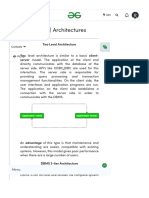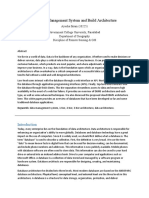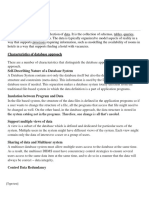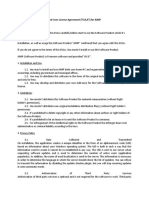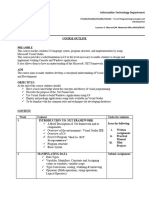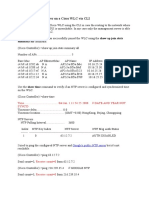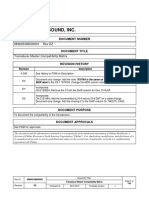0% found this document useful (0 votes)
27 views41 pagesIntroduction To DBMS
The document discusses the architecture of Database Management Systems (DBMS), detailing 1-Tier, 2-Tier, and 3-Tier architectures along with their advantages and disadvantages. It also covers concepts like data independence, database schemas, data models, user interfaces, and classifications of DBMS based on data models and user access. The information is essential for understanding how to efficiently manage and interact with databases.
Uploaded by
anujwagle31Copyright
© © All Rights Reserved
We take content rights seriously. If you suspect this is your content, claim it here.
Available Formats
Download as PDF, TXT or read online on Scribd
0% found this document useful (0 votes)
27 views41 pagesIntroduction To DBMS
The document discusses the architecture of Database Management Systems (DBMS), detailing 1-Tier, 2-Tier, and 3-Tier architectures along with their advantages and disadvantages. It also covers concepts like data independence, database schemas, data models, user interfaces, and classifications of DBMS based on data models and user access. The information is essential for understanding how to efficiently manage and interact with databases.
Uploaded by
anujwagle31Copyright
© © All Rights Reserved
We take content rights seriously. If you suspect this is your content, claim it here.
Available Formats
Download as PDF, TXT or read online on Scribd
/ 41






























